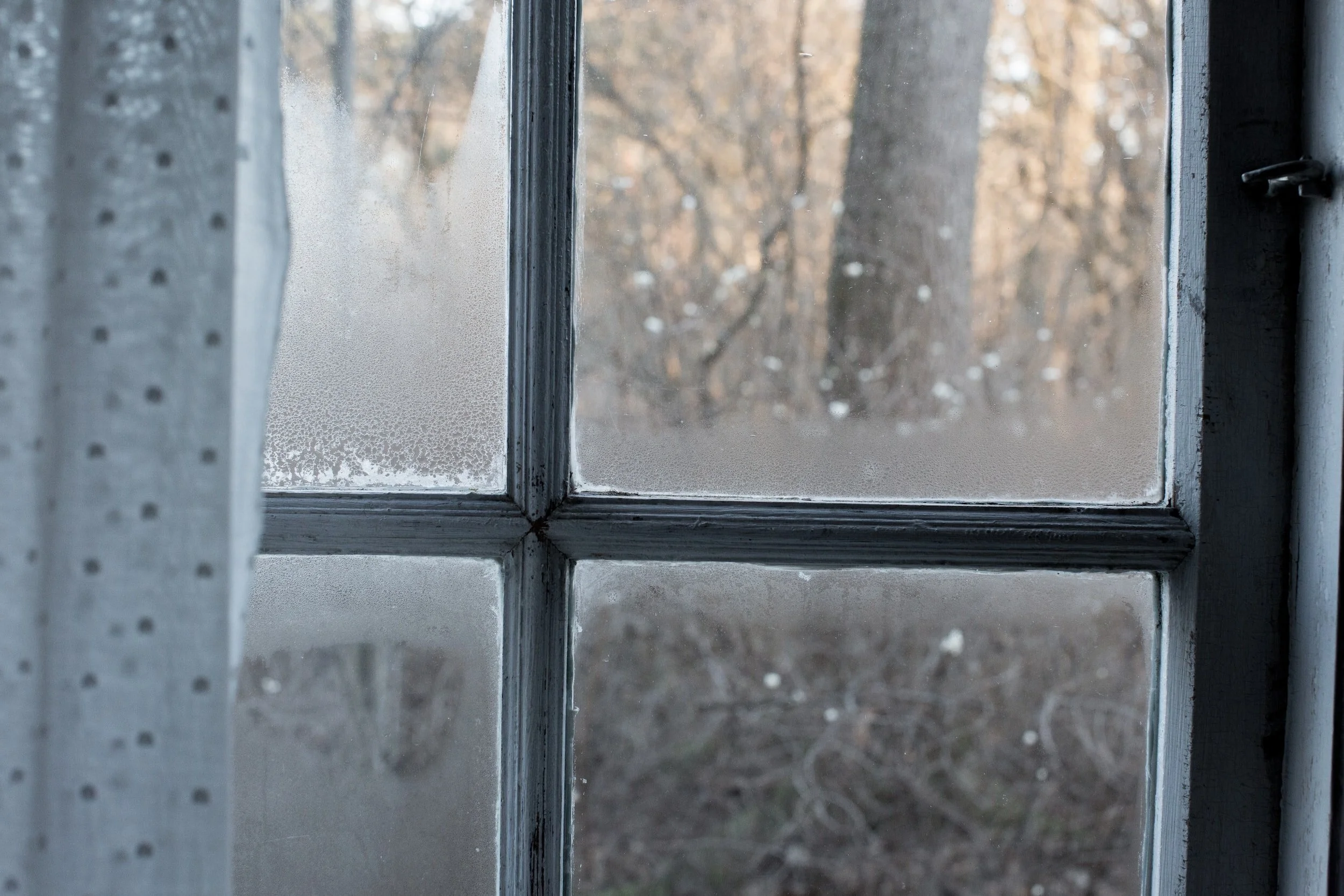A Guide to Condensation and Damp
Condensation is perhaps the most common form of damp that can appear in your home and one of the issues we see time and again in our rental properties. It occurs when warm air meets a colder surface, such as a wall or window, and can often get worse at this time of year as the cooler weather sets in. Left untreated condensation can lead to damaged plaster, musty smells, and mould growth which can be potentially harmful to your family and your home. In this blog post, we will go through the top causes of condensation and damp, and share tips to reduce condensation issues in the future.
What are the causes of condensation?
The reason that condensation usually appears in your home is due to a lack of adequate ventilation to remove moisture that is in the air. When warm air meets a cold surface, it cannot hold its heat and turns into water droplets. Things like washing, cooking, tumble driers, steam mops, and even people breathing put moisture into the air inside your home.
Why does condensation get worse in winter?
At home, you may notice condensation building up on the windows and pooling on windowsills in the morning, while you are cooking, or after having a hot shower. This tends to get worse in the winter months as we see the temperature drop outside and we turn the heating on to increase the temperature inside. It can help to keep the rooms in your home at a consistent temperature. The recommended temperatures for your property according to Aberdeen Council, are:
Living rooms: 21°C; Bedrooms: 18°C; Halls & Stairs: 16°C and Bathrooms 22°C
What can I do to prevent condensation and damp at home?
There are a number of steps you can take to stop a build-up of condensation and damp in your home. We have broken this down below to help you keep on top of condensation and stop damp from forming.
Kitchen:
When cooking or boiling the kettle, make sure you use your extractor fan every time. If you don’t have an extractor fan, then open a window. Leave the fan on or the window open for as long as you can after you finish cooking (at least 10-15 minutes) to ensure the moisture has all gone.
Cover pans when cooking to reduce steam and moisture being released into the air.
Stop moisture from going into other rooms in the house by closing the door when cooking.
Make sure that you wipe down any cold surfaces to remove the moisture, especially after cooking - this includes cold metal surfaces and windows.
Bathroom:
Use your bathroom extractor fan every time you shower or take a bath. If you don’t have a fan in the bathroom then open a window. Leave the fan on or the window open for at least 10-15 minutes after you finish bathing to ensure the moisture has all gone.
Close the bathroom door when bathing, this will prevent moisture in the air from going into colder rooms and building up elsewhere.
Make sure that you wipe down any cold surfaces to remove the moisture after bathing including tiles, shower screens, and windows.
Other rooms:
Avoid drying clothes indoors over radiators, if you must dry clothes indoors it should be in a bathroom with the door closed and window open or with an extractor fan or dehumidifier on.
Ensure washing machines and tumble driers are properly vented and ensure the condensate is regularly emptied. Please make sure that the door to the kitchen is closed when doing washing or using your drier, and put on your extractor fan or open a window.
Keep furniture away from external walls where possible. If you can’t keep the walls completely clear then try to keep furniture at least 50mm away from the external wall.
Don’t overfill wardrobes or cupboards. A lack of ventilation can result in mould due to the lack of air circulating freely inside, leading to musty-smelling clothes and damp areas.
Let air circulate around your home by keeping internal doors open whilst sleeping.
Ensure window trickle vents are open to allow airflow around window areas.
Move house plants outdoors for a while.
Avoid using paraffin or bottled gas heaters.
Do not block permanent ventilators.
Limit the use of steam mops for cleaning laminate flooring or ensure the room is well ventilated when doing so.
For more information on preventing condensation and damp in your home, you can download our free guide below.

